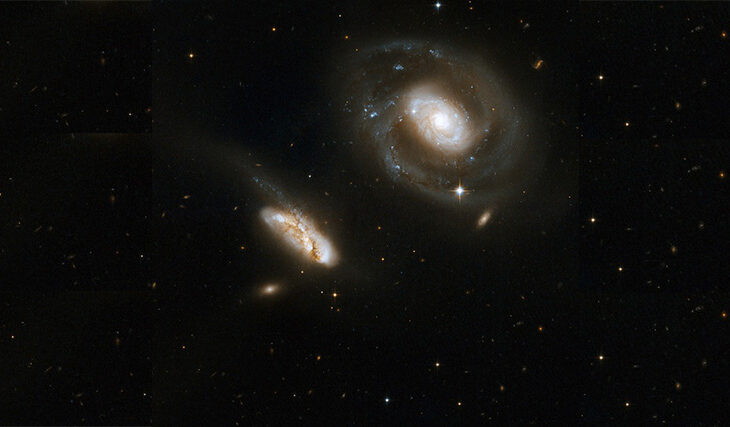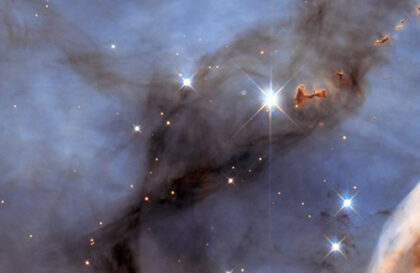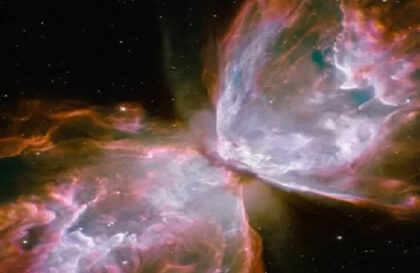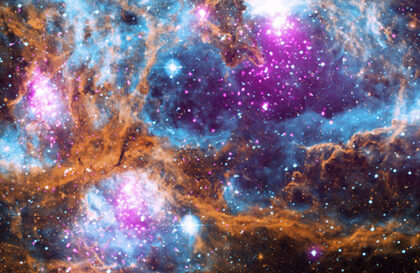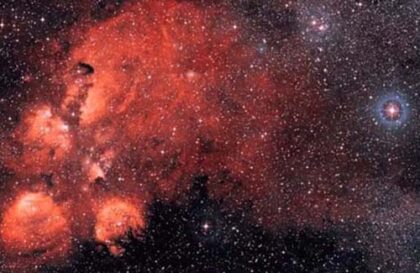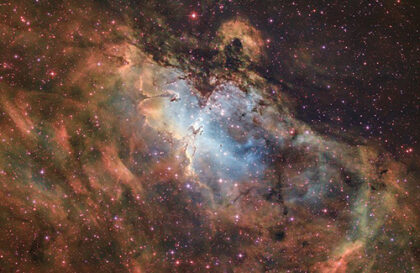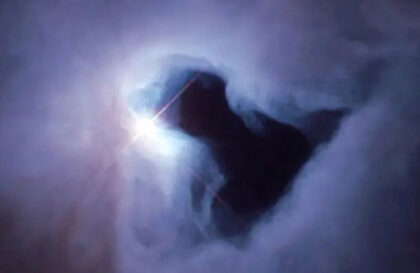The Hubble telescope recorded two galaxies in the process of merging in the Pegasus constellation. This event occurred at a distance of 200 million light years from our planet.
NASA’s Hubble Space Telescope has captured a breathtaking photo of Arp 298, a spectacular duo of interacting truly unique galaxies.
The cosmic entity known as Arp 298 consists of two galaxies: NGC 7469 and IC 5283. It is located in the constellation Pegasus.
The galaxy on the far left of the image is NGC 7469, recognized as a barred spiral galaxy. Its smaller companion galaxy, IC 5283, is to its right.
NGC 7469 has an active supermassive black hole and a glowing ring of star clusters.
This image is dominated by NGC 7469, a luminous, face-on spiral galaxy approximately 90 000 light-years in diameter that lies roughly 220 million light-years from Earth in the constellation Pegasus. Its companion galaxy IC 5283 is partly visible in the lower left portion of this image. Credit: ESA/Webb, NASA & CSA, L. Armus, A. S. Evans
These two galaxies, which bear the name Arp, are so named because they are included in the Atlas of Strange Galaxies, a collection of unique celestial bodies cataloged by the respected astronomer Halton Arp.
The Atlas of Strange Galaxies, a collection of galaxies that exhibit extraordinary structures, is a beautiful gallery of cosmic curiosities. These particular galaxies show a range of anomalies, from segmented spiral arms to concentric rings, that are both fascinating and anomalous.
Hubble has had many opportunities to observe this pair of galaxies interacting. An image of the merging galaxies in Arp 298 was published in 2008.
The data included in the Arp 298 image were collected from three different Hubble positions. Using seven different filters from two separate Hubble instruments – the Advanced Camera for Surveys and the Wide Field Camera 3 – Arp 298 was carefully observed and photographed in exceptional detail.
This particular system is one of the first galaxies observed by NASA’s James Webb Space Telescope.
Banner image: Credit: NASA, ESA, the Hubble Heritage (STScI/AURA)-ESA/Hubble Collaboration, and A. Evans (University of Virginia, Charlottesville/NRAO/Stony Brook University)
Image credit:
https://hubblesite.org
https://esawebb.org/
